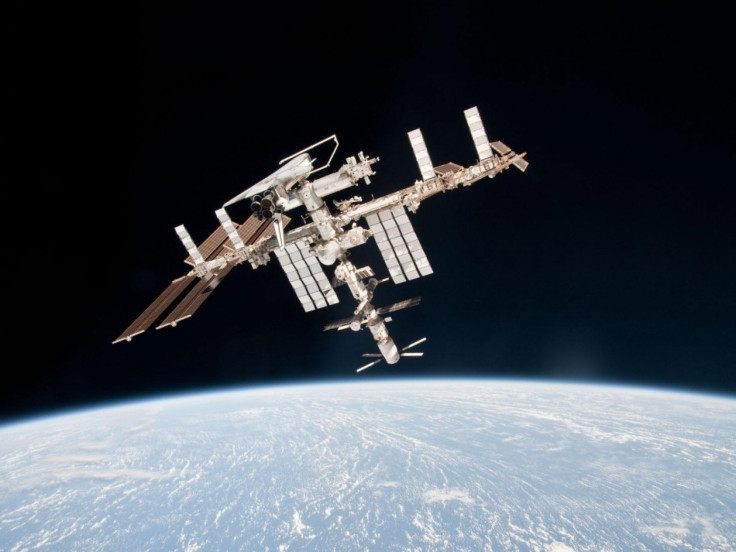Astronauts Risk Vision Problems from Long Space Trips: NASA

A NASA study of astronauts who have spent months in space finds a risk of blurring vision.
According to the study, about one-third of the U.S. crew on the International Space Station return with impaired vision and in at least one case the damage was permanent.
NASA researchers said if astronauts stay in space for a long period, the risk of blurred vision increases. Doctors fear that long space travel, such as a multi-year trip to Mars, may end up blinding space explorers.
Very few astronauts have complained publicly about blurred vision, fearing they could be disqualified from flying.
These are guys who really don't like to complain about physical issues because it may ground them. They're desire is to get back into space, so they are not complainers, neurosurgeon Bruce Ehni at Baylor College of Medicine in Houston told Discovery News.
In 2005, an unnamed astronaut came forward to reveal his problem. What followed was a NASA survey which revealed that 35 percent of its earlier space station crew members who stayed for about six months in space, experienced blurred vision, according to NASA spokesman Mike Curie.
The culprit is likely a swelling of the optic nerve, a disorder similar to an Earth-bound disease called pseudotumor cerebri.
The question is, 'Is there a possibility that an astronaut on a very long mission could arrive at the end of that mission unable to see, or be so visual compromised that he'd be nonfunctional?' The possibility is real enough that they need to look into this, Ehni said.
As of now around 30 U.S. astronauts have experienced life aboard the International Space Station. Hence, the pool of subjects is very small to study.
Right now we don't have enough data on this to see what is going to happen, said NASA astronaut Don Pettit. Right now, I'm not concerned. Pettit is preparing for launch in December for his second trip to the space station.
NASA has asked a number of researchers to study the issue and has also sent special eyeglasses to the International Space Station to help those affected.
MUST READ: Shaking Washington Monument During August Quake Caught on Camera [VIDEO]
© Copyright IBTimes 2024. All rights reserved.






















